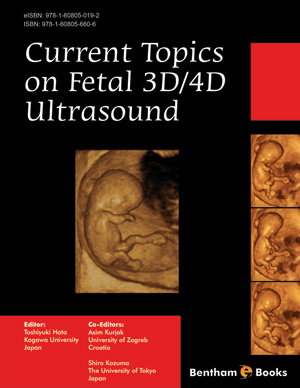Abstract
An infrared camera is used to investigate the conservation condition of fruits and vegetables. Crops like apples or carrots are exposed to mechanical impacts that are caused by post harvest treatments like washing or grading. The resulting intensification of respiration causes a temperature decrease on the moist surface which is under evaporation; this is detectable with infrared thermography (IRT). In fact, IRT can be exploited to monitor current temperature distributions, to measure low local temperature differences and to visualize the influences of airflow within a wide area of a store. An appropriated climate control is crucial to maintain the quality and to enhance the shelf life of stored agricultural products like fruit, vegetable and potatoes. Hence, an infrared camera can help improve the climate control performance. The camera can be embedded in a wired system for data exchange and remote control. A number of well placed cameras distributed in the store enhance the visibility, and hence the controllability of the store. The investment cost can be paid back within several years if the IR camera system can help to improve the climate control for reducing mass loss (shrinkage) and prolonging shelf life of the crop.
Keywords: Infrared thermography, fruit, vegetable, potato storage, store climate control, heat transfer, mass transfer, infrared emissivity, fruit surface, transpiration, calibration, temperature data logging, air flow control, economical effect, ecological effect.



















